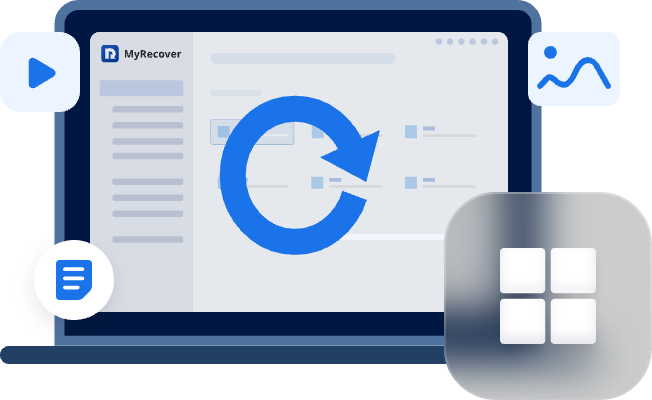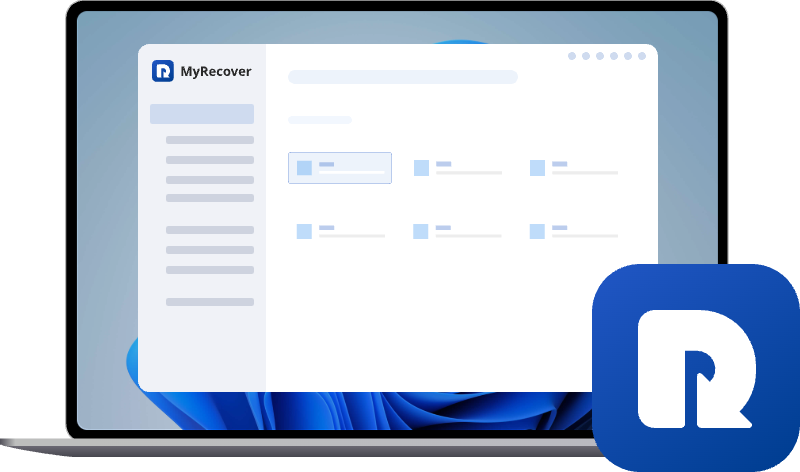How to Recover Files from USB that Needs Formatting [2025 Best Free Tool]
Are you unable to access the files on the USB drive since Windows reminds you that the USB needs to be formatted? Don't format yet! There is something more important to do before formatting. This guide will explore how to recover files from USB that needs formatting and introduce some solutions to address the issue.
USB Drive Asked to Format!
When Windows pops up the message "You need to format this drive before you can use it", it means that you can't access to directly read the files and data on the drive as usual. However, you don't have to rush to format the USB drive, because this may lead to the loss of data on the drive. Generally speaking, the following are the main possible reasons for this occurrence.
- File system Corruption: The file system (e.g., FAT32, NTFS, exFAT) of the USB drive becomes corrupted due to improper ejection, power loss, or software crashes during file transfers.
- Incompatible File System: If the file system of your USB drive is EXT3/4 or other file systems that Windows cannot recognize, Windows will suggest that you format the USB drive.
- Viruses and Malware Infection: USB drives are highly susceptible to virus infections when connected to insecure devices or used to store hazardous files. Once a USB drive falls victim to a viral attack, Windows may restrict access to it to safeguard your system.
- Bad Sectors: Bad sectors can lead to poor performance of the USB flash drive, and prevent Windows from accessing the data stored on these defective areas.
- Physical Damage: A USB drive that has suffered physical damage will completely stop working, and it will be much more difficult to repair.
If your USB flash drive is brand new, Windows may also prompt you to format it. This is because most brand-new USB flash drives are in an "unallocated state" when they leave the factory and do not have a pre-installed file system, so they need to be manually formatted before they can be used.
How to Recover Files from USB that Needs Formatting
After identifying the causes, the most crucial step is to recover the files from the USB that needs formatting as soon as possible. The longer you wait, the lower the chance of retrieving your files. Since the USB drive is currently unreadable, the optimal approach is to use professional third-party data recovery software. MyRecover is definitely worth a try. It has the following advantages that make it worthy of recommendation.
👍Simple Graphical User Interface
The operation of MyRecover is extremely simple. You can recover data just by clicking on the icon, and even computer novices can complete the data recovery without any difficulty.
👍Useful Filtering
The filtering function of MyRecover allows you to filter by file type and size, which helps you find the files you want to recover more precisely.
👍Wide Device Support
It can recover deleted files from SSDs, HDDs, USB, SD cards, cameras and more as you need.
👍Cover Viruses Data Loss Scenarios
It supports to recover data from formatted hard drive, deleted partition, emptied recycle bins, and system crashes and more.
👍Wide File Type Support
MyRecover supports the recovery of over 1,000 formats, including documents, images, videos, compressed files, and more.
✅4 steps to recover files from the flash drive that needs to be formatted free
Step 1. Download and install MyRecover on your computer.
Step 2. Launch MyRecover and select the USB drive that needs formatting, then click "Scan".
Step 3. Select the files you want to recover from the recoverable list of files and click "Recover".
Step 4. Choose another healthy drive to store the recovered files. Once the process completed, you can check the files in the destination drive.
How to Fix a USB Drive that Says it Needs to be Formatted
Now that you've successfully recovered your files from the USB, it's time to fix the underlying formatting issue. Follow these solutions to safely reformat your drive and prevent future data loss while maintaining full functionality.
Solution 1. Check Connection
If the USB device is not properly connected to the computer, it may cause the file system that is being read to be suddenly disconnected. You can try to safely restore the connection by removing the USB device first and then reconnecting it through a different port.
Solution 2. Change Drive Letter
If your USB drive doesn't show up in File Explorer, it might be that the USB drive letter is missing or in conflict. You just need to modify it to a correct drive letter in Disk Management.
Solution 3. Run CHKDSK to USB
CHKDSK is a Windows command-line utility used to check the file system of a drive for errors and attempt to fix them. It can scan for and repair logical file system errors, bad sectors, and other issues. You can also recover deleted files using command prompt.
Step 1. Type "command prompt" in the start menu and open it.
Step 2. Right-click to choose "Run as administrator".
Step 3. Type the command chkdsk G: /f /r in the opened prompt window and press "Enter" (replace drive letter "g" with your USB drive letter).
Solution 4. Format the USB Flash Drive
If none of the above methods work, provided that the data is safe, you can also format the USB drive to make it usable again. Even in special cases where you have to format the USB drive and there's no guarantee of data safety, MyRecover can effectively recover data after drive formatting.
Step 1. Double click This PC icon to open File Explorer and select the USB flash drive.
Step 2. Right click and choose "Format" option.
Step 3. Select a file system and mark the "Quick Format" option. Then click "Start" to format the drive.
Solution 5. Check Physical Damage
Minor physical damage can leave a USB flash drive working but in an unreliable state. If you suspect physical damage, such as a broken connector or case, it’s best to send the drive to a professional data recovery repair center. They can often retrieve data from damaged drives and provide repair services if possible.
Summary
In short, when Windows prompt you that USB drive needs to be formatted, the most important thing is to ensure the safety of your data first, and then address the formatting issue. If necessary, you can seek the help of professional data recovery experts.
The role of MyRecover in data recovery is obvious. If you have more advanced requirements, the Professional and Technician version of MyRecover will be more suitable for you. It supports data recovery from computers with system crashes, and you can also preview the file contents before recovery.


